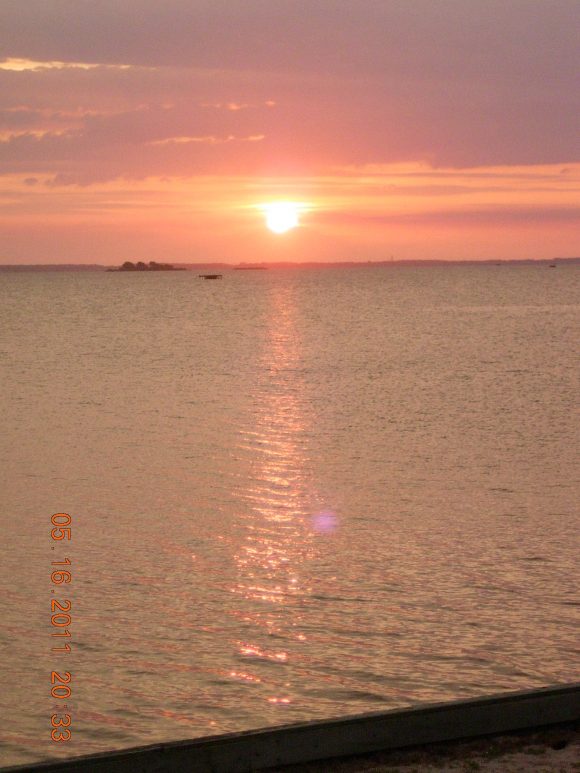Location: The Chesapeake Bay
Dates June 15th – 24th, 2024
BIOL:495/695 – 612/613 Special Topics in Biology
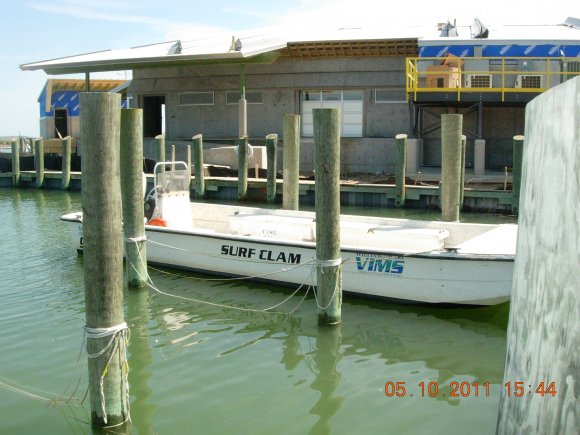
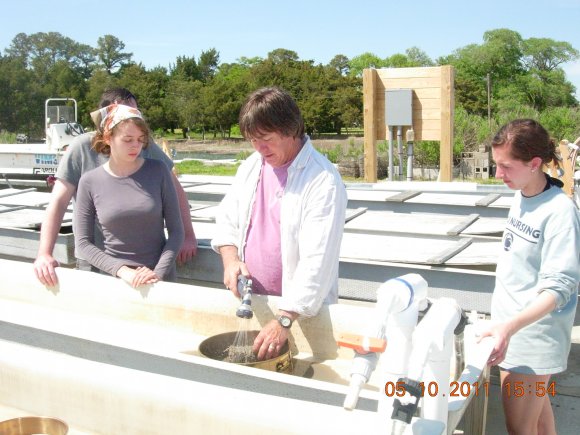
Instructors: Dr. Stephen (Steve) Weeks & Dr. Lara Roketenetz
For more information PLEASE CONTACT STEVE WEEKS
AT
SCW@UAKRON.EDU
OR CALL 330 972-7156
Video of what we will see/do on Virginia trip:
The purpose of the course is Fourfold:
- To introduce students to the most common ecosystem on the east coast of the U.S.A. – soft bottom marine ecommunities
- To teach basic concepts and facts in marine biology
- Train students how to observe natural phenomenon in a useful manner
- Help students develop testable hypotheses from their observations
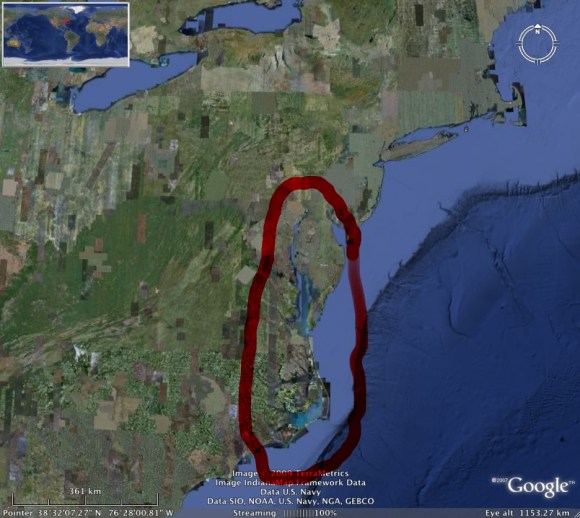
The Course will be taught on site in the Chesapeake Bay region outlined on the above map. From the D.C. area to Virginia Beach. Specifically, we will be staying at the VIMS Eastern Shore Laboratory located in Wachapreague, Virginia and at False Cape State Park at the very southern tip of Virgina.
Proposed 2024 Itinerary
NO Scuba or Snorkeling is Required
NO pre-requisites needed for the class, so ALL students can enroll.
Swimming Opportunities Will Abound
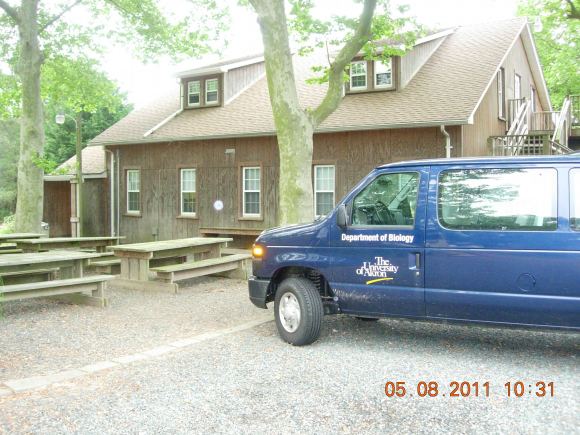
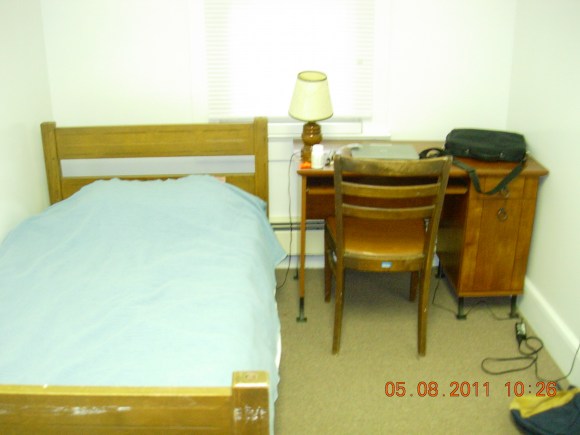
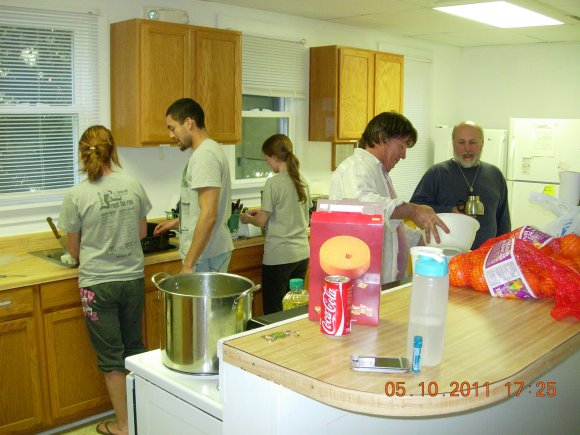
What Will We See?
- Riparian fed estuaries
- Salt marsh estuaries
- Barrier islands and spits
- Coastal dunes
- High energy (open) surf zones
- Protected surf zones
- Many invertebrate species
- Many vertebrate species
- Many algal and plant species
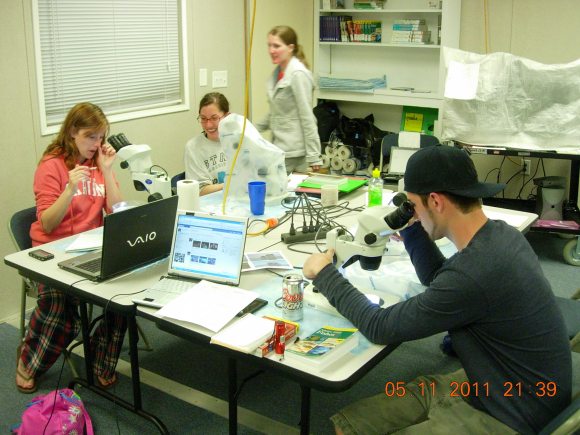
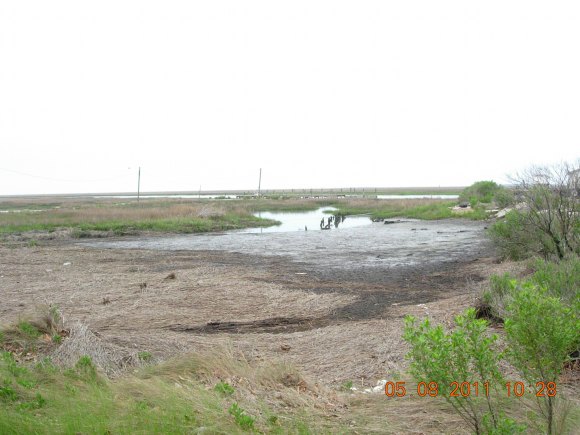
How Much Will The Trip Cost?
$685 from each student will cover: transportation, housing, daily meals and Boat/Excursion/Entrance fee costs.
Most students like to have a little extra spending money for an occasional trip to a restaurant, snacks, forgotten sunscreen, tee shirts etc.
The course is 4 credits. Tuition is not included in the $685 course cost calculation.
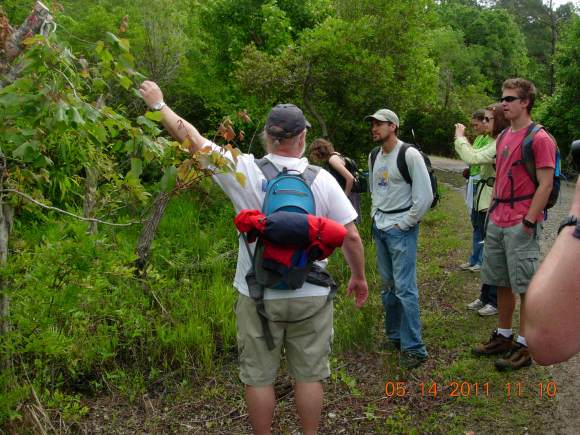
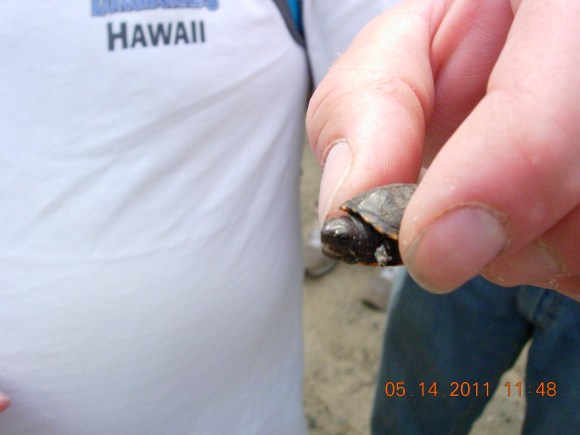
Is a deposit required?
Yes. We only have 12 total spots for students on this trip. To reserve one of the 12 spots, we will be collecting $100 deposits. It is first come-first served for the spots. The remaining $585 will be collected at two other dates during the spring semester.
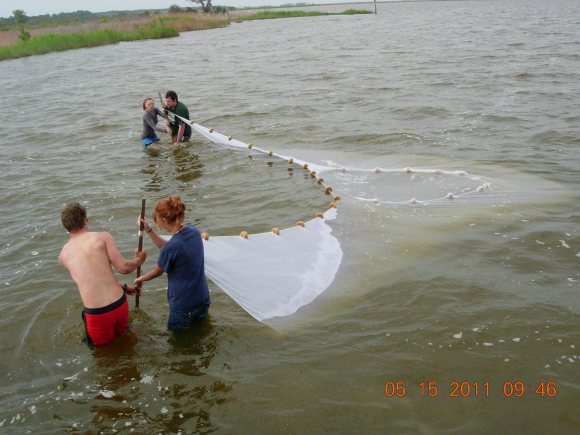
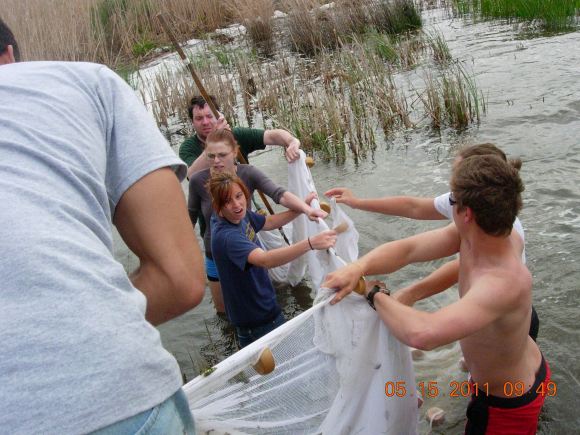
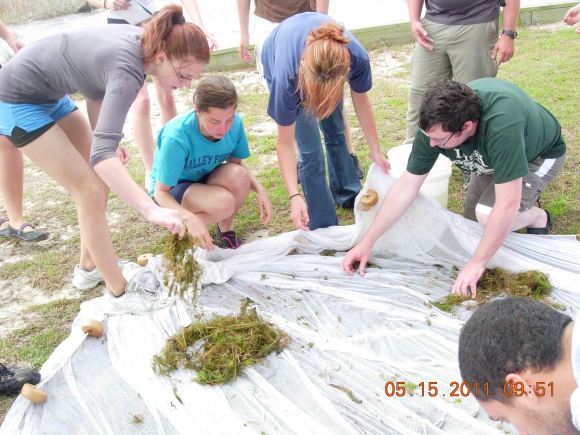
What will I need to bring?
We will meet several times before the actual trip to discuss this, but the intent is to not place a burden on you to buy much new gear
You will need:
- Field cloths/shoes (clothes that you don’t mind getting dirty)
- Sun and Bug repellent (Bugs are usually not bad but sunburns are common for the foolhardy).
- Swimwear
- A water bottle
- A bound notebook and pencils
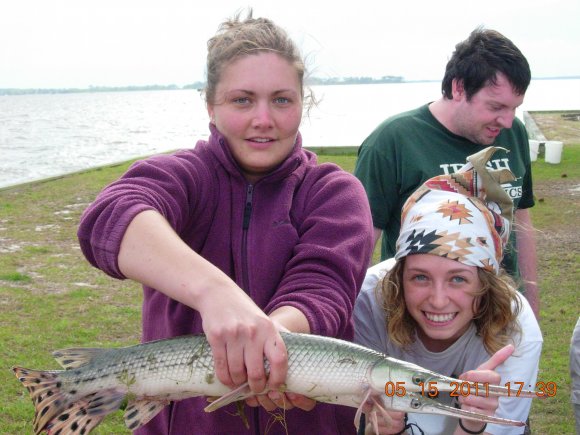
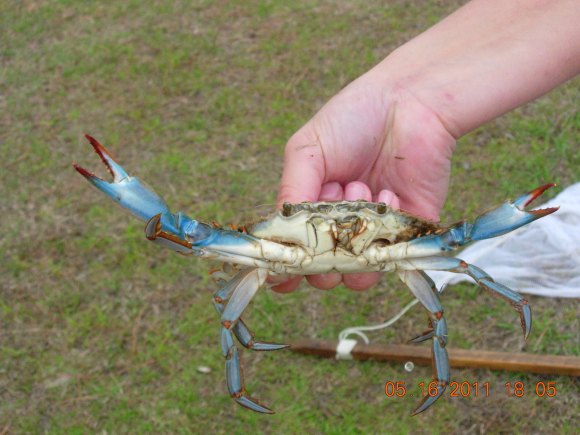
How will we get there?
We will be driving in university-provided vans.
Where will we be staying?
The first half of the trip we will stay at the housing facilities at VIMS in Wachapreague. This is a world-class marine field station, and we will have full access to their facilities and boats.The second half of the trip we will stay in a large hunting lodge that has been converted into a field station at False Cape State Park. That park is not accessible by car and we will be ferried in by the State Park personnel. The lodgings are fantastic and we will largely be free from interference from the public.
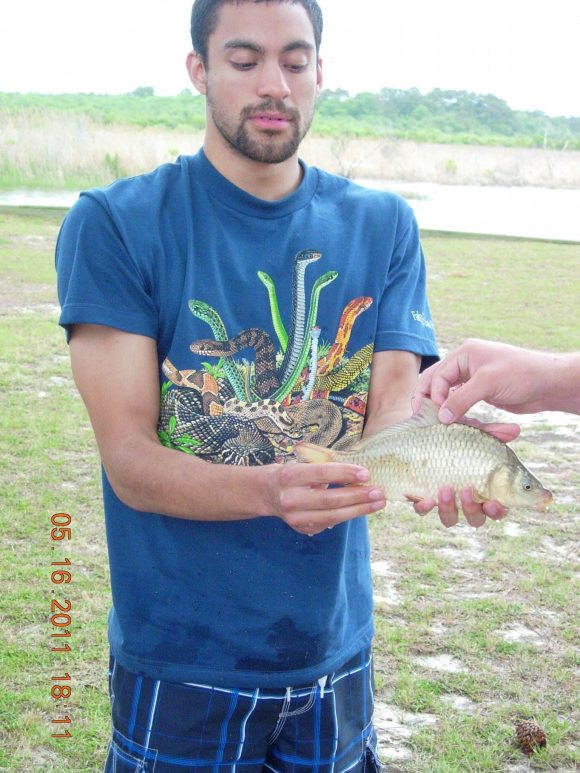
What about food?
The class will decide, as a group, about food for the trip! Food will be purchased using the funds collected from the students (i.e., from the $685/student).
When possible we will be making our own meals to save money.
At other times we will eat at inexpensive restaurants or will be eating sandwiches, fruit etc.
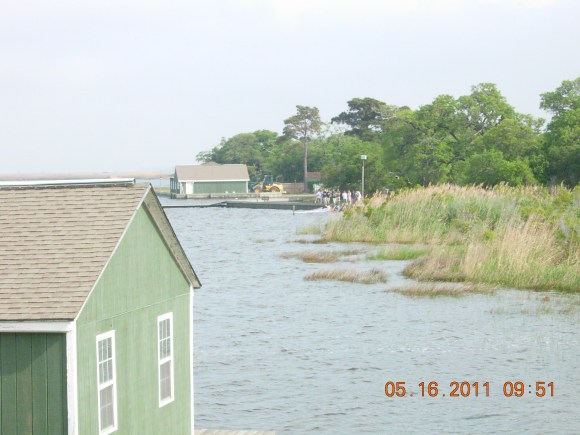
What Will We Be Graded On?
We will grade you partly on class participation. The class is fun, but it is on the go and in the field. If you consistently are engaged in our explorations of the beautiful marine and estuarine systems, you will do well.
We will also grade you based on a notebook/journal that you will keep. You should be continuously updating the notebook with your observations (with specifics). As you learn new species, or notice that species are distributed differentially across environments you should record those observations in your notebooks. We are particularly interested in you keeping track of the species you encounter during the trip, and then looking up further information in your field books about these species. In addition, you should note in your journal your reflections on possible experiments you could do and how you would perform them if you could return to VA at a later date. We will grade these notebooks with an eye toward how you are developing your observational ability, how you’ve documented and further discussed the species you encounter each day, and if you are developing testable research hypotheses.
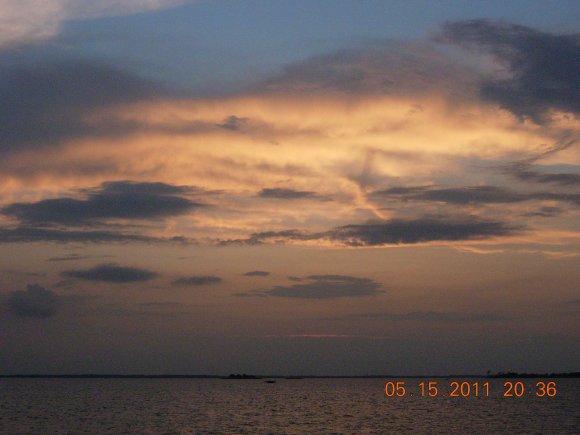
Finally, after you return from the trip you will need to submit a ~10 page research proposal for work to be done either at VIMS or False Cape. You will use the notes you developed in your notebook/journal to design a hypothetical research project that you would conduct if you were to return to your choice of one or the other field lab.
